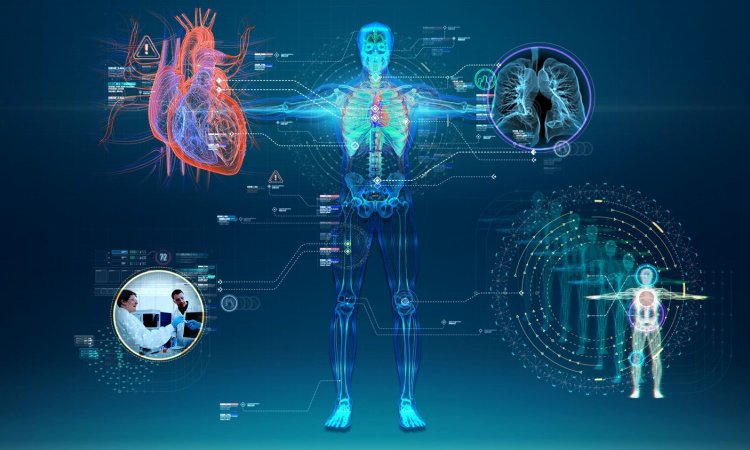Doctors use special machines to take pictures of our bodies. Lots of people need these pictures, so new and improved tools are being created to make it easier. One of these tools is called an HTML5 DICOM Viewer. It lets doctors see these pictures on their computers or phone and share them securely with other doctors.
Using this tool can also save money and time because doctors don’t need to print and move physical copies of the pictures.
How Does the HTML5 DICOM Viewer Helps Doctors Do Their Job Better?
Here are some of the ways it helps doctors do their job better:
- Easy to use: Even doctors who are not good with computers can use them easily.
- Fast results: It helps doctors get the pictures they need quickly to start helping you immediately.
- Can be used from anywhere: Doctors can look at the pictures from any computer with an internet connection, which can help them work with other doctors who are far away.
- Helps doctors work together: Doctors can share pictures easily, which can help them work together to give you the best care.
How The HTML5 DICOM Makes Things Faster and Cheaper?
The HTML5 DICOM Viewer can help doctors, and healthcare providers do their job faster and cheaper in these ways:
Faster Image Processing
The HTML5 DICOM Viewer can quickly process medical images so doctors can start treating patients sooner.
Cloud-Based Storage
The HTML5 DICOM Viewer stores images in the cloud, which can save money on expensive equipment and infrastructure.
Web-Based Accessibility
The HTML5 DICOM Viewer can be accessed from any device with an internet connection, which means doctors can view images without needing special equipment.
Remote Collaboration
The HTML5 DICOM Viewer allows doctors to work together from different places, which can save time and money on travel.
Challenges to Implementation
Making a new computer program called an HTML5 DICOM viewer can be hard. One of the big problems is making sure it works with different kinds of computers and can handle really big pictures without crashing.
We also have to make sure it’s safe and doesn’t share people’s private medical information.
Another problem is that some people might not like using a new program because they are used to the old one.
We need to help them learn how to use the new program and answer any questions they have. We also need to make sure the new program is reliable and accurate.
Future of Medical Imaging
Medical imaging is poised for a bright future as technology advances, resulting in better patient outcomes.

Artificial intelligence (AI) and machine learning (ML) are becoming increasingly vital for interpreting and diagnosing medical images.
Augmented intelligence is being employed to enhance cooperation between radiologists and oncologists.
Virtual and augmented reality, as well as 3D medical imaging, offer more detailed visualizations at the cellular level.
Wearable medical devices with imaging capabilities are also simplifying patient monitoring and diagnosis without the need for in-person appointments.
Furthermore, nuclear imaging is being utilized to improve the accuracy of diagnoses for illnesses such as cancer.
These medical imaging technology advancements will continue to revolutionize the field of medicine in the coming years.


